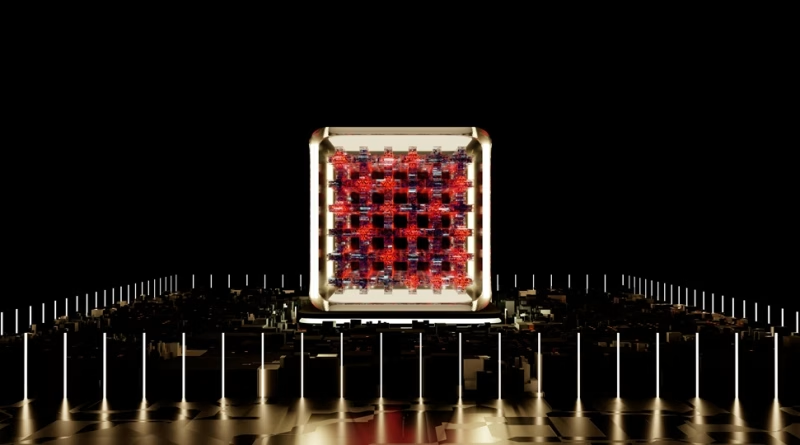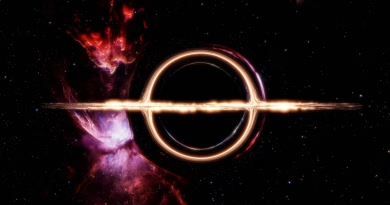An Introduction to Quantum Computing for Absolute Beginners
Quantum computing is one of the most exciting and mind-bending frontiers in all of science and technology. It’s a topic that sounds like it was lifted directly from a science fiction movie, filled with strange concepts that seem to defy common sense.
But while the underlying physics is incredibly complex, the core ideas behind quantum computing don’t have to be intimidating. You don’t need a Ph.D. in quantum mechanics to grasp why this technology is so revolutionary.
So, let’s set aside the complex math and dive into a simple, conceptual introduction to the weird and wonderful world of quantum computers.
Forget Bits, Meet Qubits (The Spinning Coin)
A classical computer—the one on your desk or in your pocket—thinks in bits. A bit is a simple switch that can be in one of two states: either a 0 or a 1. It’s either on or off. This is the fundamental building block of all digital information.
A quantum computer, on the other hand, uses a qubit. A qubit is different. Instead of being just a 0 or a 1, a qubit can be a 0, a 1, or both at the same time.
- The Analogy: Think of a classical bit as a coin lying flat on a table. It’s either heads (1) or tails (0). A qubit is like a coin that is spinning on the table. While it’s spinning, it’s not definitively heads or tails; it’s a blend of both possibilities. Only when you stop the coin and measure it does it land on either heads or tails.
The “Weirdness” Part 1: Superposition
This “both at the same time” state is a core quantum concept called superposition. It’s the ability of a qubit to exist in multiple states at once.
- Why it Matters: Because a single qubit can represent both a 0 and a 1, a quantum computer’s processing power grows exponentially. Two classical bits can only represent one of four possible combinations at a time (00, 01, 10, or 11). Two qubits in superposition can represent all four combinations simultaneously. With just 300 qubits, a quantum computer could represent more possible states than there are atoms in the known universe. This allows them to explore a vast number of possibilities at once.
The “Weirdness” Part 2: Entanglement
This is where things get even stranger. You can “entangle” two qubits, linking them together in a special way. When two qubits are entangled, they share a single, unified quantum state, no matter how far apart they are.
- The Analogy: Imagine you have two “magic” coins. You entangle them, and without looking, you put one in a box and mail it to the other side of the world. The instant you open your box and see that your coin landed on “heads,” you know with 100% certainty that the other coin, thousands of miles away, has instantly landed on “tails.” The fate of one is inextricably linked to the other. Albert Einstein famously called this “spooky action at a distance.”
- Why it Matters: Entanglement allows quantum computers to perform incredibly complex calculations and correlations between different parts of a problem, creating a web of interconnected processing power that classical computers could never achieve.
So, What’s It Actually Good For?
A quantum computer will not replace your laptop for Browse the internet or checking email. Classical computers are still far better at those tasks. Quantum computers are specialized machines designed to solve a specific class of incredibly complex problems that are impossible for even the most powerful supercomputers today. These include:
- Drug Discovery and Materials Science: Simulating the exact behavior of molecules to design new medicines and create revolutionary new materials.
- Complex Financial Modeling: Finding the optimal solution to incredibly complex financial systems with thousands of variables.
- Breaking Modern Cryptography: A large-scale quantum computer could theoretically break the encryption that protects most of the world’s digital information today (which is why scientists are also working on “quantum-safe” encryption).
Quantum computing is still in its infancy. Building and controlling these machines is an immense scientific challenge. But the journey has begun, and the potential of this technology to solve some of humanity’s biggest problems is truly revolutionary.




